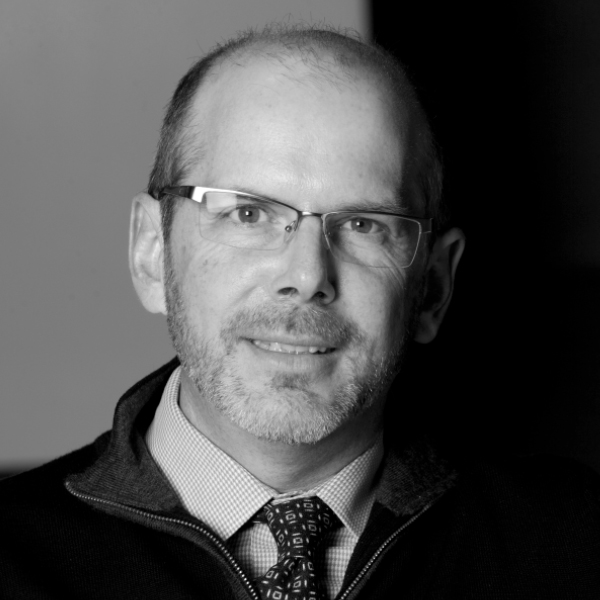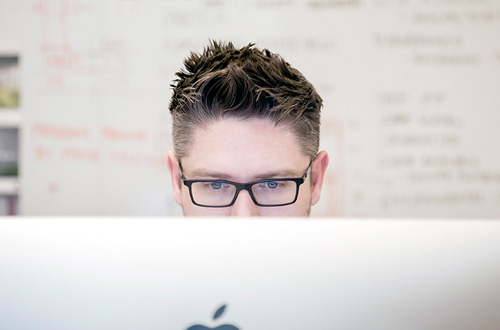Welcome to Five in Focus, HMC Architects’ blog series spotlighting the trends, ideas, and innovations shaping the future of architecture and design. Each edition features insights from our leaders as they share what inspires them and how it informs their work.
Fresh off the canals of Venice and the cobblestones of Rome, CEO Brian Staton gives us a glimpse into the 2025 Design Futures Council Summit in Italy. Over two powerful days in each city, global design leaders, strategists, and thinkers gathered to explore the values and value of our profession in a world rapidly shaped by AI and shifting societal expectations. Here are five takeaways Brian brought home that will shape how we think, work, and lead in the years ahead:
1. Your Values Are Your Compass—and They’re Always in Motion
Rome reminded us that design isn’t just about aesthetics or execution—it’s about purpose. Personal values, shaped by our experiences, cultures, and relationships, are what we carry into every project, conversation, and challenge. And in a profession where disruption is now a daily rhythm, our values are the North Star that helps us find direction. But here’s the kicker: that star moves. It evolves as we grow. And our professional value? It’s rooted in how well we align our deeply human instincts with the world’s ever-changing needs.
2. The True Value of Design Isn’t the Design
This one might sting, but it’s true. AI is rapidly commoditizing the artifacts of our work—drawings, renderings, even full design documentation. What remains irreplaceably human is the messy, beautiful process of understanding. Real value lies in our ability to identify the client’s true needs, solve ambiguous problems, and offer insight that goes beyond form. Design is not just the output. It’s the outcome—and our ability to drive social, economic, and cultural impact through it.
3. AI Isn’t the Enemy—But You Better Know What You’re Delegating
Venice sparked a major mindset shift: AI isn’t a threat. It’s a tool—if we’re thoughtful about how we use it. Instead of fearing what AI might take from us, we should ask what we’re ready to give up—and what we must fiercely protect. Let the bots handle the specs, scheduling, and structural permutations. We’ll keep the nuance, the empathy, the ethical judgment, and the ability to sit in a room and listen. AI isn’t replacing designers. It’s replacing the parts of design we never loved in the first place.
4. We Need a New Language for Business Development
Forget selling. The takeaway from our Rome sessions was that business development must become a culture, not a tactic. Owners and investors don’t want a pitch—they want a partner. When we can clearly articulate the why behind our work, we move from being vendors to being trusted advisors. Conviction, not persuasion, is what builds trust. The design community must reframe how we communicate our value—not just what we do, but how we think.
5. The Architect as Strategist, Philosopher, Ethicist… and More
One of the most energizing discussions in Venice was a call to reimagine our professional identity. Architects—and all design professionals—are no longer just consultants. We are advisors, facilitators, conscience-bearers, and systems thinkers. Our power lies not in executing ideas, but in shaping them. It’s time to lean into that multidimensional role and own the many hats we wear: futurist, anthropologist, diplomat, historian. The value we bring is in our ability to bridge disciplines, synthesize complexity, and guide others through uncertainty.
From Rome’s reflections on personal origin stories to Venice’s sharp dives into the role of AI, one thing was clear: the future of our profession depends on our willingness to challenge assumptions and redefine what it means to Design for Good. This isn’t about adapting to change—it’s about leading it.

